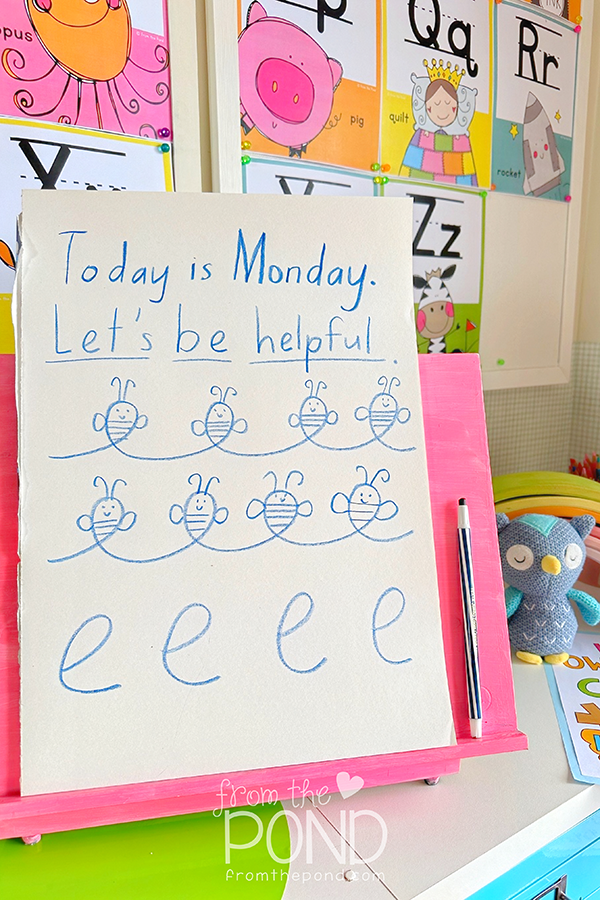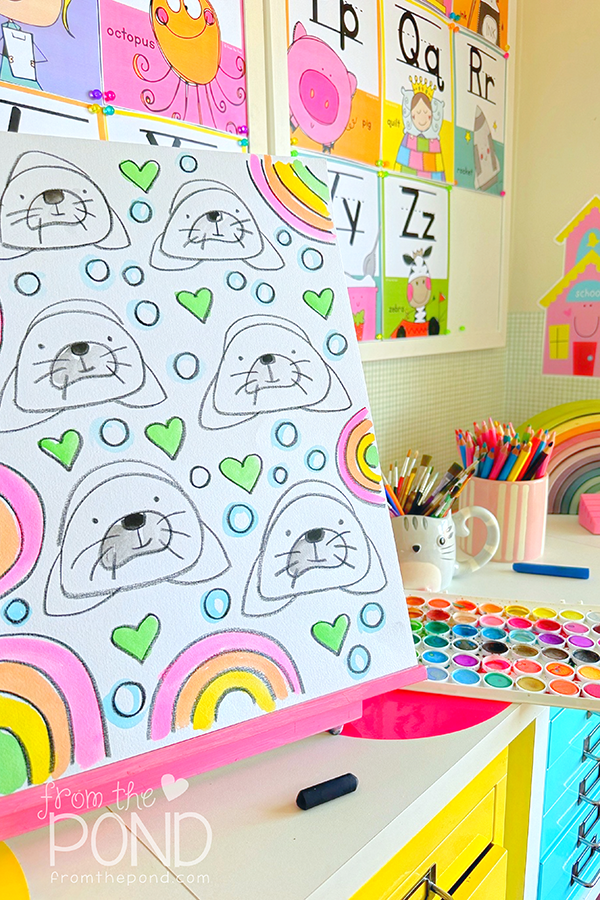
Tips for Completing the Projects
- Oil Pastels: For rich, bold colors that blend beautifully.
- Crayons: A great option for younger students, offering ease of use and vibrant results.
- Markers or Colored Pencils: Perfect for detailed work and crisp, bright colors.
- After coloring, place the artwork face down on scrap paper or a towel.
- Gently dab a cloth lightly soaked with cooking oil on the back of the design.
- Watch as the colors become translucent, letting light shine through like real stained glass!
- Let students mix colors within sections to create unique and eye-catching designs.
- Explore themes like “Warm Christmas” (reds, golds, greens) or “Cool Christmas” (blues, silvers, whites) to help students experiment with color palettes.

Creative Display Ideas
Window Gallery:- Hang completed designs on classroom windows to let natural light illuminate the stained glass effect.
- Use double-sided tape or clear plastic sleeves for easy application and removal.
- Arrange multiple designs on black cardstock to create a “stained glass window” look.
- Add a festive border of holly leaves or stars to frame the display.
- Shrink the designs to card-size paper and encourage students to create holiday cards for friends, family, or community members.
Fun Facts About Christmas Colors
- Why Red and Green? Red symbolizes the blood of Christ, while green represents eternal life through evergreens often associated with the season.
- Gold and Silver: Gold reflects the star of Bethlehem, and silver signifies purity and peace, adding a touch of elegance to Christmas decorations.
- Global Christmas Colors: In Australia, Christmas colors often include bright blues and greens, reflecting the summer season. Nordic countries favor whites and silvers, inspired by snow-covered landscapes and the serene beauty of winter.
Learning Opportunities
- Christmas Around the World: Use the Summer Christmas and alternative designs to discuss how Christmas is celebrated in Australia and other countries. Explore how different cultures incorporate unique colors and symbols into their holiday traditions.
- STEAM Integration: Combine art and science by exploring light and color blending. Use a flashlight to illuminate the stained glass designs and discuss transparency and color effects.
These Christmas Window Art Projects offer a magical way to combine creativity, fine motor skill development, and holiday cheer in one engaging activity. Whether displayed on windows, transformed into bulletin board panels, or crafted into holiday cards, these projects will brighten your classroom and bring joy to students.
Get your students excited about art and the holidays by trying this resource today. We’d love to see how your displays turn out! Share pictures of your classroom creations on social media and tag us to spread the festive cheer.
Ready to get started? Grab your copy from our TPT store!
Let’s make this holiday season bright and creative!















































